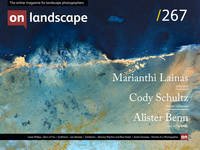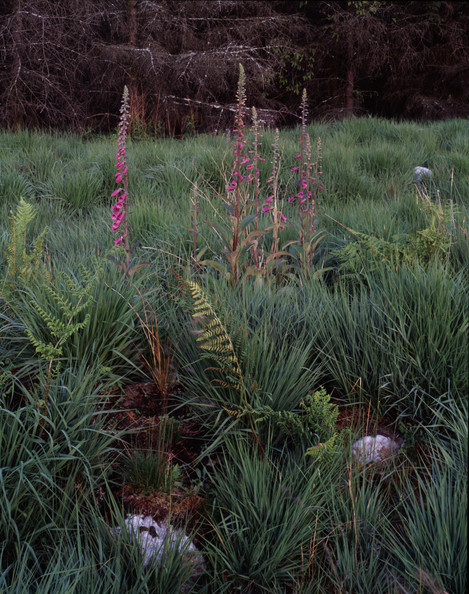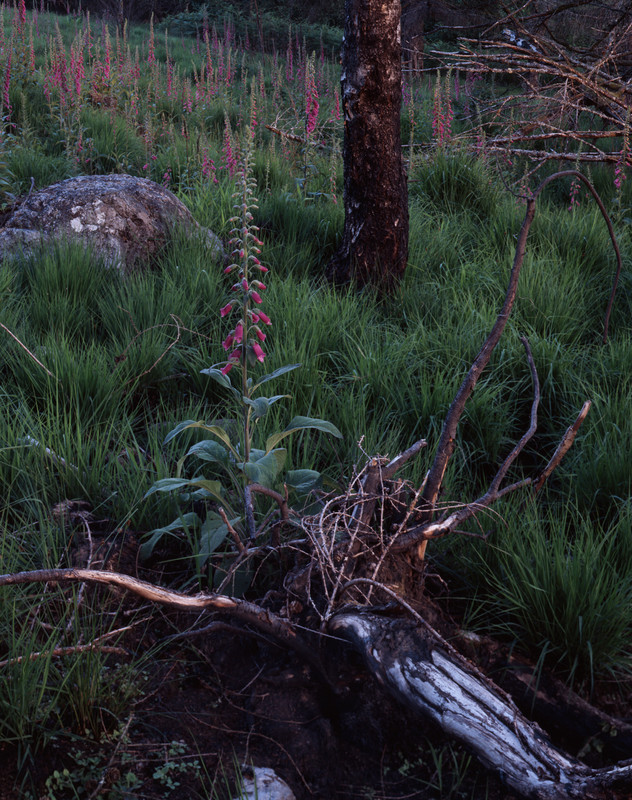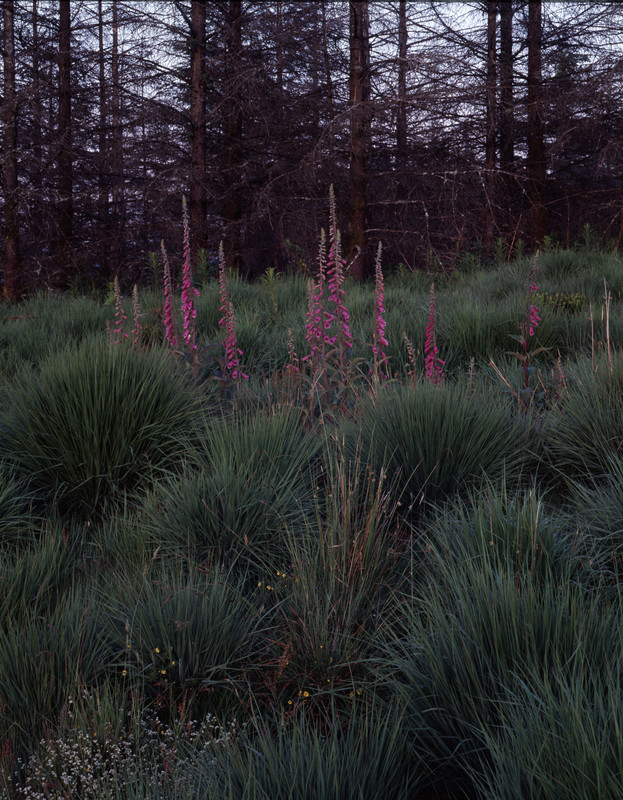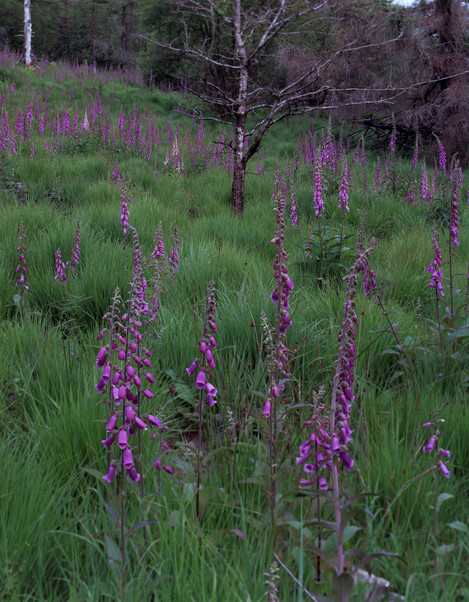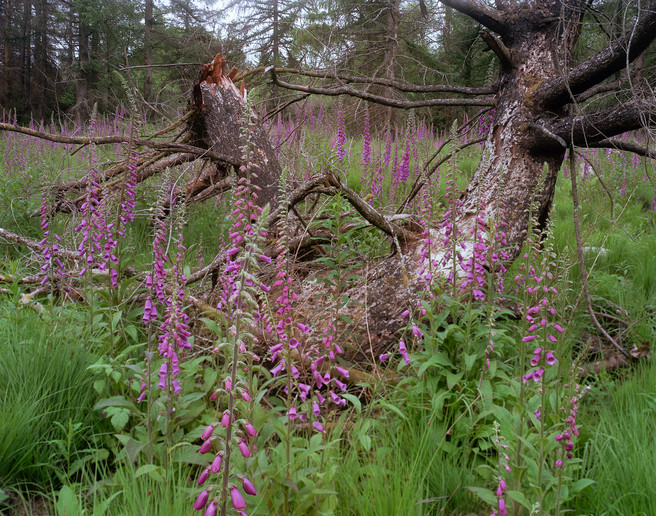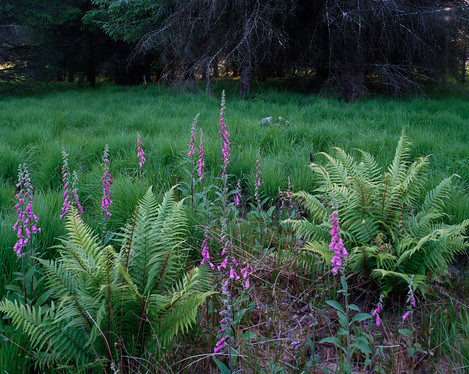Is this natural or was it man made?

Lewis Phillips
A cultural and environmental photographer with conservation in mind all the time. Re ignited with passion since moving back to film and shooting large format.
The world is evolving fast, and I am getting lost at times on how we are affecting the landscapes we live in. As a naturalist and conservationist, the politics of the daily job I do bears real weight on my shoulders.
For me, it's a stronger spiritual journey than one of just ticking boxes on what I have in my stock, but looking at our environment and understanding how it ticks. But is nature really in control most of the time, or is it we that have the say in things?
During early march, we had a dry period in the Brecon Beacons, and it was also quite warm for the time of year but far too early for the fires that roam through the countryside when the dry grass is sparked. Fire is exactly what we had, and not small isolated ones but ones that spread across the open hills.
This escalated for 2 weeks, and smoke could be seen from distant valleys when driving over the bleak hills. Was this natural, or was this man made? I frowned to myself. A few more days pass, and we arrive in April. I'm currently documenting another project and decide to do a reconnaissance of an area about five miles from where I live so I can see how the natural landscape is creeping into spring. On the way, another large plum of smoke rises in the distance and in the direction I am heading. Once parked, the spaniel and I took a hike over the moors towards the intended location. We were greeted by the smell of smoke and charred grasslands, the floor was smouldering, and a large line of fire was on its way towards us. I could see a fire engine parked on the mountain in case it spreads out of control, and as I meander down the hillside, the forestry is charred with half burnt trees.
I sit there with my flask and try to understand the causes of what is going on. This landscape is one that is highly grazed; is the purpose of this to encourage better growth or is it one of nature's events?
I went home thinking that it will be interesting to see what happens.
The start of June comes, and I am still looking at the other project I am working on, but while doing this, I regularly pass the damaged landscape. The tussocks are deep greens and the foxgloves are now presenting themselves in glory. The colour palette was just too much to resist, so I decide to spend two weeks studying how the environment was developing. Setting my alarm for 3 30am for sunrise, the early light and windless condition are perfect for this photographic story of a landscape that 2 months prior was just a large ashtray.
I decided that I would also like to understand how two types of Kodak filem would be transformed by the light. My first type was Ektachrome, a film I have been using since, thankfully, ditching my digital outfit. I love the thought and sheer pleasure of seeing a piece of film exposed as best as I could manage. Slide makes you think a lot more about the dark tones of the image but also having to be careful also clipping the highlights. Then the walk back thinking what a beautiful morning and not knowing whether you had succeeded in your mission.
During the two weeks, I would visit in the evenings and one of the biggest joys was the great shows put on by the Cuckoos, their calling echoing between the man made forest blocks.
I had some negatives returned, which I was very happy with, but I wanted a different finish. Like any artist, we want to express ourselves with our colour palette and brush, with the photographer its film choice and light. Kodak Portra was my next choice. I had never used this film before, and what a film it is. Subtle but replicates the beautiful warm colours of the grasses and flowers along with evening skies. It also has an amazing dynamic range that gives you more leeway to overexpose without losing highlights. It is a truly wonderful film in the correct locations.
My choice of format is 4 by 5. Again this format was one never used before, so teaching myself a new discipline was pretty nerve racking at times. Nonetheless, it was the best thing I have ever made a photographic decision to take. Completely manual, everything down to me, no batteries, decision of lens. How to create something a little different by using the choice of tilt or swing. I absolutely love it. And the still conditions of a June morning or sunset complement this format to produce to best abilities.
As I scan the negatives, I am happy with this collection. I shall add more, and it is a shame I did not document what caused this to happen, but I am still thinking to myself, well, is this natural or not? If we had not touched it, it would not be this agricultural desert. The trees are not natural to the environment but did nature start the fire and would the outcome be trees burnt and dead? This outcome may be beneficial so native trees would seed and grow. Why have the foxgloves and cotton grasses grown in great clumps like never before during the time I have worked and lived here? Or was it deliberate in creating better grazing for animals that have made this environment worse over the centuries?
This is the great thing about the art of landscape photography. It is the debate it can stir and the pleasure it can bring to the photographer but also the viewer. Can it help us to understand how nature works in the environment or teach us a lesson on our failures to look after our landscapes?

